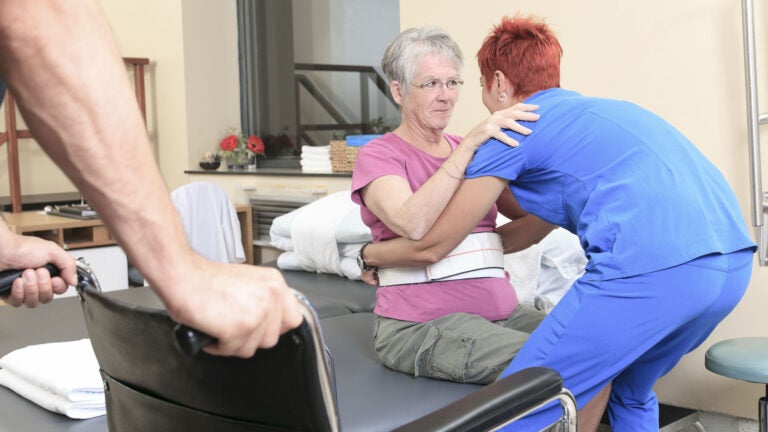
USC professor helps develop the first stroke rehab guidelines
New evidence-based strategies could improve outcomes for adult stroke survivors
Every year, 800,000 Americans suffer a stroke, with more than 80 percent surviving, many of them living for decades with some degree of disability.
For the first time, the American Heart Association/American Stroke Association (AHA/ASA) has issued evidence-based strategies to help improve outcomes for adult stroke survivors. The “how-to” manual recommends a comprehensive post-acute care strategy, thanks in large part to Carolee Winstein MS ’84.
“Previous guidelines have focused on the medical issues involved in the initial management of stroke, but many people survive a stroke with some level of disability,” said Winstein, professor at the USC Division of Biokinesiology and Physical Therapy and lead author of the guidelines. “There is increasing evidence that rehabilitation can have a big impact on the survivors’ quality of life, so the time is right to review the evidence in this complex field and highlight effective and important aspects of rehabilitation.”
Among the guidelines:
- Rehab should include intense mobility-task training for stroke patients with walking limitations.
- Stroke survivors should be given individually tailored exercise programs to improve their cardiovascular fitness after rehabilitation.
- Patients should be provided intellectually stimulating environments, with access to computers, books, music, etc.
- Patients with impaired speech should be offered speech therapy.
- Eye exercises should be given to patients with impaired eye coordination and focus.
- Stroke survivors with balance issues should be provided a balance training program.
Winstein has worked at the USC Division of Biokinesiology and Physical Therapy since 1990. She has a dual appointment with the neurology department at the Keck School of Medicine of USC. Her research has focused on neurological rehabilitation. Winstein has written more than 100 research articles and book chapters. She is the director of the Motor Behavior and Neurorehabilitation Lab.
She served as the chair of an expert writing team that put together these guidelines, which was published May 4 in the journal Stroke.
